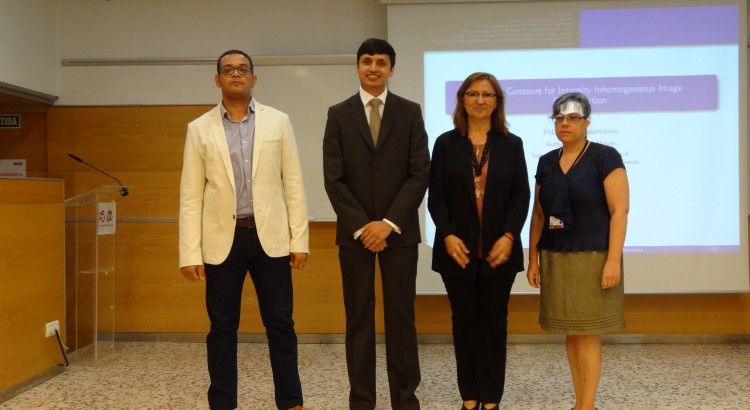Julián Cristiano, Domènec Puig, Miguel Angel García
{julian.cristiano,domenec.puig,miguelangel.garcia}@urv.cat
Abstract
This paper proposes armethodology for automatic characterization of phase resetting controllers for quick balance recovery after loss of it during biped locomotiona The system allows to easily characterize and design useful phase resetting contr8llers using a simulation environment. Several experiments have been performed using a NAO humanoid robot in order to automatically characterize and test the phase resetting mechanism. Notwithstanding, it can be implemented by using any humanoid robot with a similar kinematic structure. Once the controllers are characterized, the p oposed system detects thenrobot’s current state through the information prov”ded by its inertial sensors and then applies the correct phase resetting in a short pe iod of time in order to quickly recover the robot’s balance. The proposed control scheme reacts quickly whenever unknown external perturbations are applied to the robot’s body by using the proposed phase resetting mechanism.
@Article{
author “Julián Cristiano
and Domènec Puig
and Miguel Angel García”,
title=”Automatic Characterization of Phase Resetting Controllers for Quick Balance Recovery During Biped Locomotion”,
journal=”ROBOT 2017: Third Iberian Robotics Conference”,
pages=”91-101″,
issn=”1573-1405″,
doi=”10.1007/978-3-319-70836-2_8″,
url=”http://dx.doi.org/10.1007/978-3-319-70836-2_8″
}
Read More
